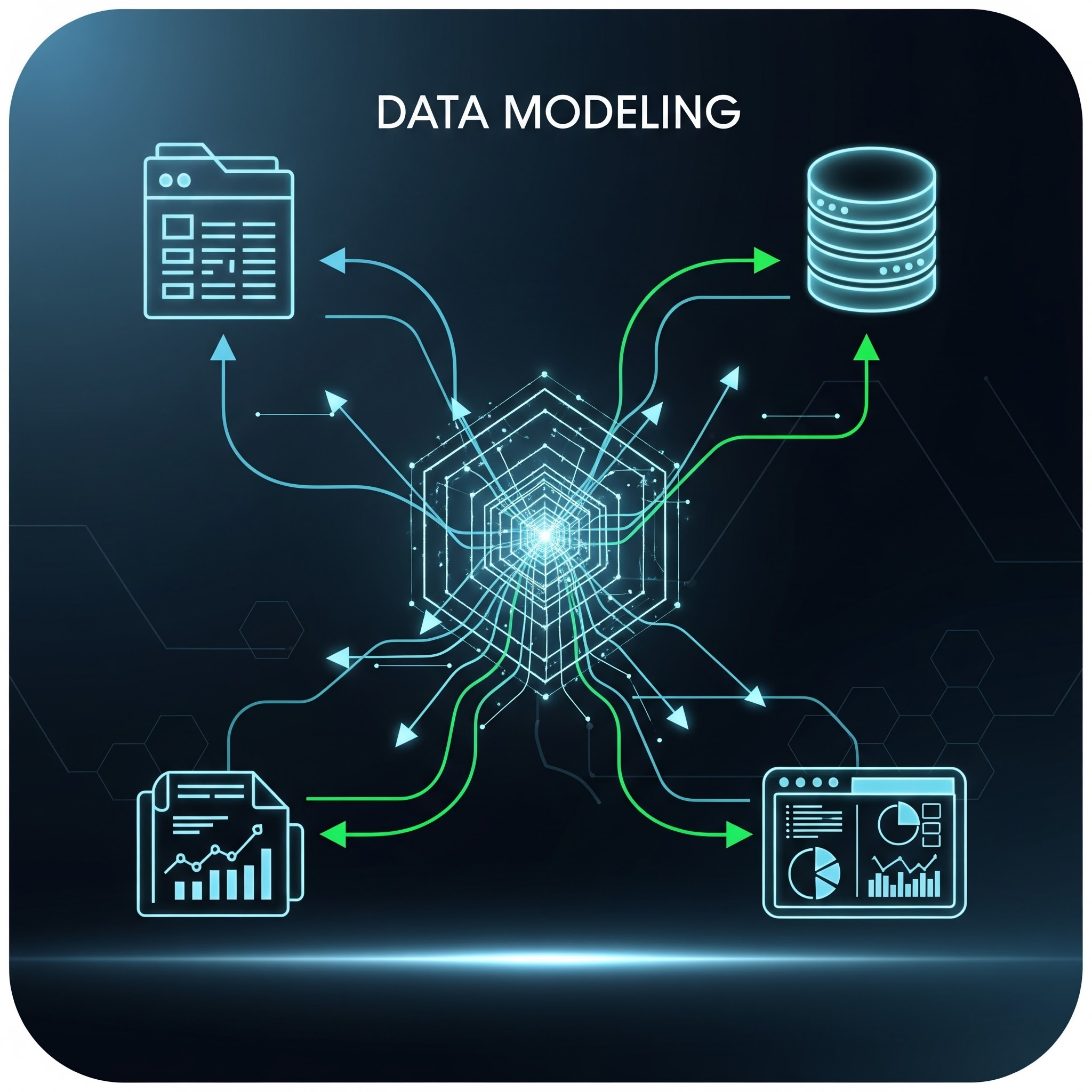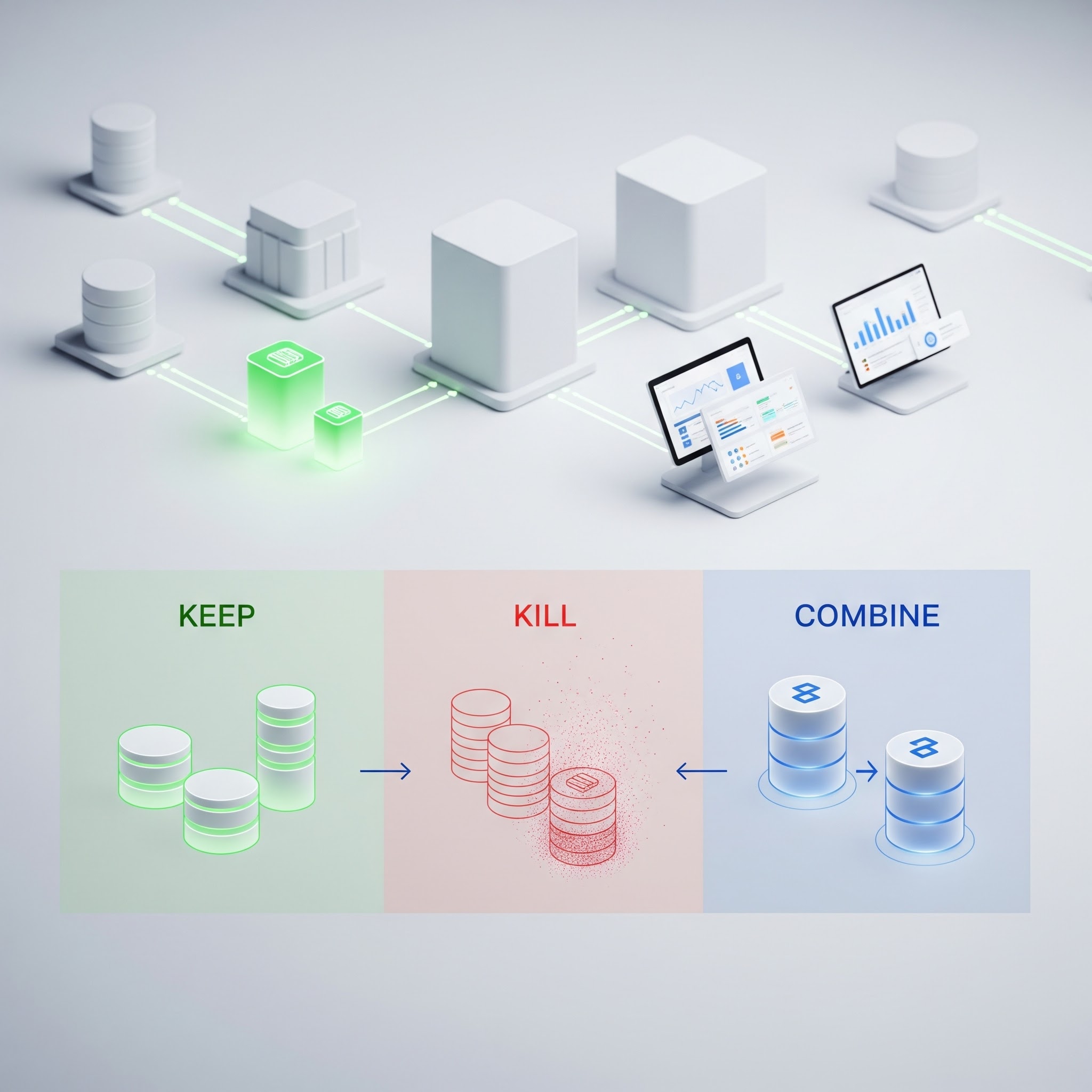Why Is Enterprise Data Modeling So Hard?


Modern enterprises run on data—but organizing that data into usable, trustworthy, and scalable models remains a challenge. Despite significant investment in analytics platforms, cloud infrastructure, and data talent, many organizations struggle to translate raw data into structured knowledge that supports decision-making.
At the heart of this issue is enterprise data modeling. This is the practice of designing how data is defined, related, and governed across the organization. While essential to data maturity, modeling is often under-resourced, poorly understood, or deprioritized in favor of faster, more visible deliverables like dashboards and pipelines. As a result, models become inconsistent, hard to maintain, or disconnected from real business needs.
But modeling isn’t just a technical task, it’s a collaborative process that requires input, alignment, and iteration across teams. In this article, we explore ten common reasons why enterprise modeling efforts fall short, and how to fix them with better structure, clearer communication, and the right tools.
- Misalignment between business and data teams
Data modelers and business stakeholders often speak different languages. Business teams think in terms of goals, workflows, and outcomes while data teams focus on structure, logic, and systems. When these perspectives don’t align, models are built on assumptions that fail to reflect the way the business actually operates. This disconnect leads to models that may be technically sound but fail to meet user needs.
Structured collaboration through shared glossaries, working sessions, and conceptual modeling creates a bridge between these perspectives. By aligning on business logic early, teams reduce misinterpretation and avoid costly rework.
- Lack of standardized definitions
Inconsistent terminology is one of the most persistent challenges in enterprise modeling. Without shared definitions, core terms like customer, order, or revenue can vary widely between departments, leading to confusion, duplicated logic, and conflicting reports. By embedding definition alignment into the modeling process and connecting terms to specific data assets, teams create a single source of truth that supports clarity and trust.
- Siloed tools and workflows
Enterprise data environments often involve a massive tech stack of disconnected tools—one for modeling, another for cataloging, and another for documentation. This fragmentation introduces friction, increases the risk of miscommunication, and slows feedback cycles. When platforms are unified, context is preserved. A change to a glossary term can cascade through models and dashboards. This seamless flow ensures that everyone is working with the same understanding, reducing errors and improving collaboration.
- Tool-first, design-later mindset
It’s easy to get swept up in building dashboards or configuring pipelines without first defining how data should be structured and interpreted. But when technical implementation leads modeling, the result is often hard-coded logic, duplicated metrics, and models that are difficult to scale or audit. A design-first mindset flips that sequence. Starting with conceptual and logical models gives teams a blueprint that reflects business reality, guides implementation, and ensures consistency across systems.
- Evolving business requirements
Business environments are dynamic. New lines of business, changing KPIs, regulatory updates, or organizational restructures can quickly make existing models obsolete. When models aren’t designed to evolve, they become blockers rather than enablers. Treating data models as living products with version control, structured updates, and regular review ensures they stay aligned with business needs. Flexibility, not perfection, is the goal.
- Overengineering
Oftentimes teams build overly complex models that try to anticipate every scenario. While well-intentioned, this often results in bloated structures that are hard to explain, slow to update, and rarely used. Effective models balance depth and clarity. Prioritize the most important business entities and relationships first. Iterate over time as new requirements emerge. A simpler model that’s well understood is more valuable than a complex one that isn’t.
- Lack of conceptual modeling
When teams jump straight into logical or physical design, they lose the opportunity to align on high-level business meaning. This creates barriers to collaboration, especially with non-technical stakeholders who struggle to interpret schema-level artifacts. Conceptual modeling provides a shared visual language. It helps teams agree on definitions, spot inconsistencies, and clarify scope. Skipping this step often leads to confusion and rework down the line.
- Poor documentation practices
Even the best model can become useless if it’s not clearly documented. Missing context, undocumented logic, and outdated diagrams force teams to rely on tribal knowledge or rebuild understanding from scratch. Good documentation is about accessibility and accountability. It ensures that models can be trusted, reused, and maintained by others, even after the original modeler has moved on.
- Lack of ownership
Data models without clear ownership tend to degrade over time. Updates are missed, assumptions go unchallenged, and users stop trusting the outputs. Without accountability, even small issues compound into major breakdowns. Assigning ownership—whether to a team or specific role—ensures continuity. Model owners are responsible for updates, fielding feedback, and maintaining alignment with business goals. This makes modeling a sustained practice rather than a one-off deliverable.
- Inconsistent feedback loops
Feedback is critical to refining and validating models but in many organizations, reviews happen too late—or not at all. This leads to outputs that don’t reflect current business logic or miss important edge cases. Feedback should be built into the modeling process. Regular reviews with cross-functional teams ensure that models evolve in step with business needs and remain relevant over time.
The ROI of better data modeling
A well-structured data model isn’t just a technical asset—it’s a business advantage. When done right, enterprise data modeling reduces inefficiencies, accelerates decision-making, and improves trust in data across the organization. The return on investment isn’t just theoretical—it’s measurable.
Clear, consistent models cut down on rework by eliminating duplicated logic and misaligned reports. Analysts spend less time reconciling metrics and more time delivering insight. Business users gain confidence in the numbers, speeding up decision cycles and reducing reliance on ad hoc workarounds. Over time, better modeling also improves data literacy, onboarding, and compliance—helping teams scale faster without scaling confusion. In short, good models pay dividends. They serve as the foundation for trusted analytics, cross-functional alignment, and data products that actually get used.
Tips for Making Modeling Easier
Enterprise modeling will always be a complex task but there are practical steps teams can take to make it easier and more effective including:
- Choosing tools that encourage collaboration and preserve context.
- Treating models as products continuing to invest in their evolution.
- Using visual modeling techniques to engage non-technical stakeholders.
- Building a living business glossary and connecting it to models and reports.
- Starting small. Focus on the highest-priority domains and expand over time.
By introducing structure, creating feedback loops, and aligning on definitions early, teams can make the modeling process more manageable and scalable.
Common Modeling Pitfalls to Avoid
Even with the right intentions, modeling efforts often fall short due to avoidable mistakes. Recognizing and addressing these common pitfalls can prevent wasted effort and keep teams on track:
- Overcomplicating models in the pursuit of perfection
- Jumping straight to implementation without stakeholder input
- Neglecting change management, leading to outdated or unused models
- Documenting too late or not at all, which causes confusion and slows adoption
- Assuming one-size-fits-all structures, rather than adapting to domain-specific needs
Avoiding these traps requires discipline, communication, and a commitment to improvement.
When to Revisit or Rebuild Your Models
Enterprise models aren’t set-it-and-forget-it. Knowing when to revisit or rebuild your models is key to keeping them useful and aligned with the business. Consider a model refresh when:
- KPIs or business goals have changed
- Regulatory or compliance standards evolve
- New systems or data sources are introduced
- Users report inconsistent results or adoption declines
- Feedback loops highlight recurring confusion or errors
By regularly reviewing models against real-world usage and business evolution, teams can keep their data foundation strong and relevant.
Powering Collaborative, Scalable Enterprise Modeling
Ellie.ai is purpose-built for modern data modeling. It enables teams to collaborate in real time, define shared glossary terms, build conceptual models, and align business logic with data structure—all in one unified platform. By supporting visual modeling, domain-driven design, and glossary integration, Ellie.ai makes it easier to model at the enterprise level without sacrificing clarity. Teams stay aligned, feedback loops are built in, and models evolve alongside the business.
Whether you’re untangling legacy systems or designing new data products, it gives you the foundation to move forward with confidence. Learn how Ellie.ai can help your team streamline complexity, foster alignment, and transform enterprise modeling into a competitive advantage.









